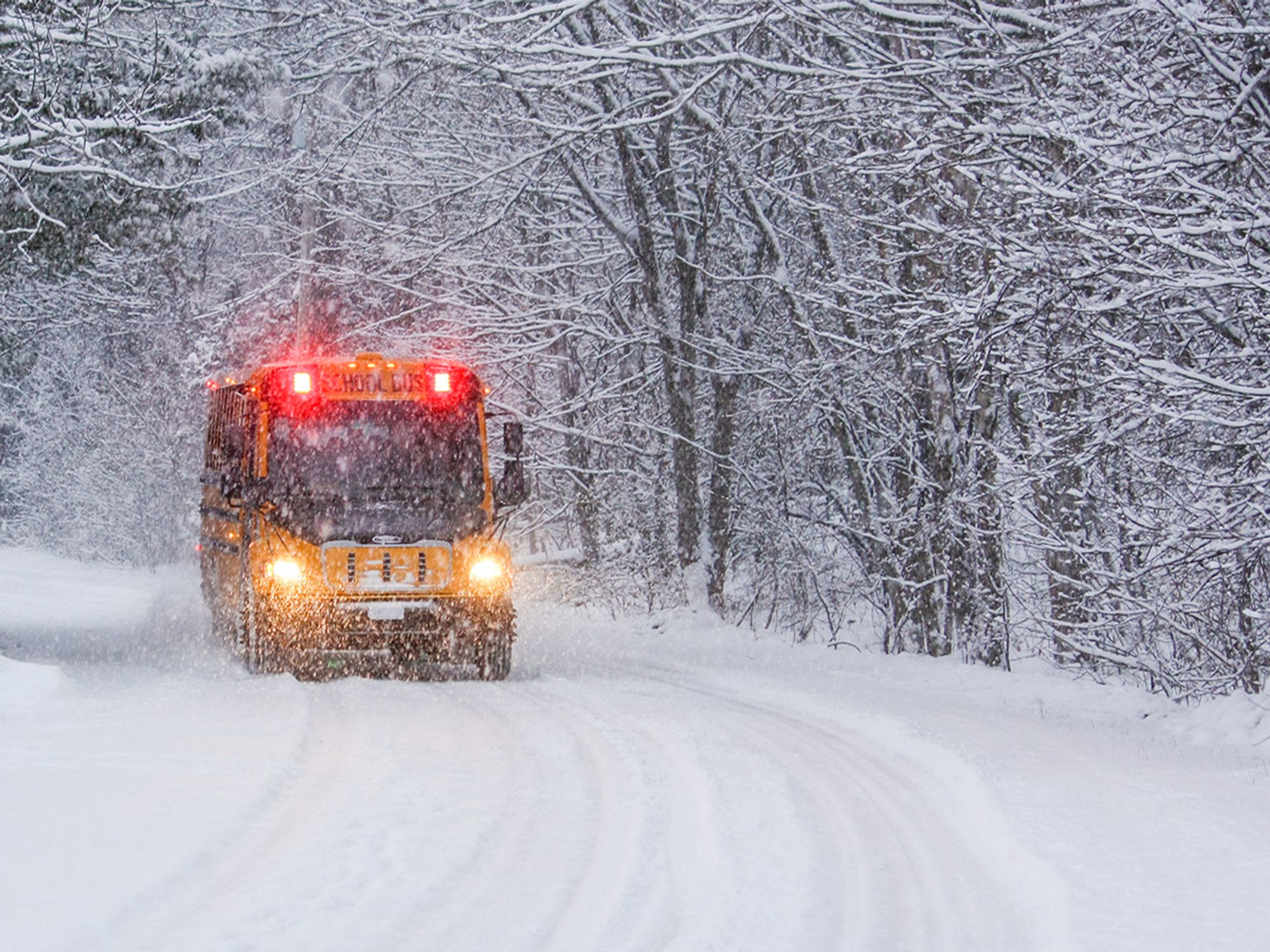Adverse-driving-conditions exception to the 10- and 15-hour limits

- Drivers of passenger-carrying CMVs can take an extra two hours of driving time to finish a run or reach a safe stopping place when unforeseeable adverse-driving conditions are encountered.
- The additional two hours of driving time allowed for unforeseeable adverse conditions will enable drivers of passenger-carrying CMVs to drive for up to 12 hours within a 17-hour on-duty period.
- Expected delays, such as congested traffic during a typical metropolitan rush hour, do not constitute “unforeseeable” adverse driving conditions.
There is an exception to the 10-hour driving and 15-hour on-duty limits for passenger-carrying commercial motor vehicle (CMV) drivers when unforeseeable adverse-driving conditions are encountered. In this situation, drivers will be allowed an extra two hours of driving to finish the run or reach a safe stopping place. This allows drivers to drive for up to 12 hours within a 17-hour on-duty limit to make up the time that was lost. (395.1(b)(1))
The phrase adverse driving conditions means snow, ice, sleet, fog, or other adverse weather conditions or unusual road or traffic conditions that were not known, or could not reasonably be known, to a driver immediately prior to beginning the duty day or immediately before beginning driving after a qualifying rest break or sleeper berth period, or to a motor carrier immediately prior to dispatching the driver.
Key points
If the following conditions apply, drivers may add up to two hours to their normal 10-hour driving and 15-hour on-duty limits, enabling them to drive for up to 12 hours within a 17-hour on-duty period, to make up time that was lost to the adverse condition:
- The driver unexpectedly ran into snow, sleet, fog, or other bad weather, or a highway covered with snow or ice, or unusual road or traffic conditions;
- Neither the driver nor the motor carrier knew — and could not have known — about those conditions;
- The run is one that the driver could normally have completed within the standard driving and on-duty limits; and
- The driver can complete the (extended) run without exceeding the 60/70-hour limit.
The driver cannot use this “adverse driving conditions” exception for delays that the driver or motor carrier should have known about, such as congested traffic during a typical metropolitan rush hour.
When using this exception, it’s a good idea to have the driver enter a log note indicating use of the exception, and why. If using an electronic logging device (ELD), such a note is required. There is no need to obtain a supervisor’s signature or approval unless required under company policy.
Note that special provisions apply to drivers in Alaska who encounter adverse driving conditions.
